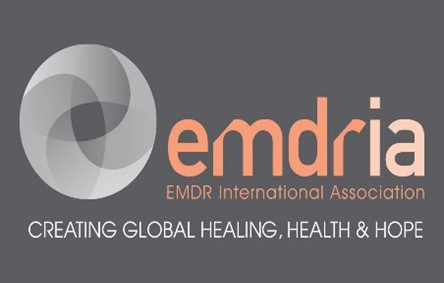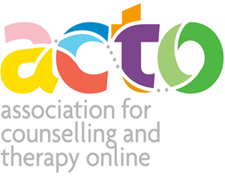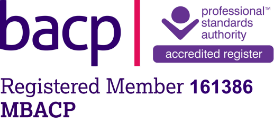Eye Movement desensitization reprocessing (EMDR) for Children and Adolescents
EMDR can be helpful for a variety of different issues and problems. In my own practice it has helped children and young people overcome
- phobia’s,
- low mood,
- Anxiety related issues,
- Separation issues
- Panic attacks and general feelings of panic
- Medical trauma’s,
- Nightmares
- behavioral problems
- PTSD symptoms
- Complex trauma’s
many find it relaxing and report immediate positive responses.
EMDR can be used alongside other creative approaches such as narrative storytelling, Sand Tray work, and drawing. A young person or child does not need to speak about what is troubling them in any great detail. I describe this as giving the title of the book not the contents, as often this can feel too overwhelming.

When a young person encounters an experience that was too overwhelming to manage, their first response was probably a freeze response. The traumatic memory then gets maladaptively stored. This means when the young person faces a similar trigger it can feel like the traumatic experience is happening all over again, often the young person tries to avoid their feared situation or may get nightmares, flash backs or an overwhelming sense of fear and panic often there is a big overreaction. EMDR helps to process the memory in the present, changing the way the traumatic memories are stored so that the bodies systems can know and feel the trauma is over and they are safe in the present.
Case example with EMDR
For example, a young child aged 4 gets locked by accident in a bathroom, not long after they become fearful of small spaces, will no longer use lifts, or sleep with the bedroom door closed, became distressed if parents were not in sight, would not travel on a plane. After EMDR, they can now use lifts with zero distress, sleep with the door closed and became excited when they flew for the first time, positive behavioral change (case example my daughter treated using EMDR). Interestingly, she had never had a bad lift experience, the confined space triggered her earlier maladaptively stored memory of being locked in the bathroom. I have seen this often with phobia’s the feared thing or phobia the client has may not have started with the thing a person is fearful of. If my daughter had been asked in twenty years where her claustrophobia had come from, she would not be able to recall being locked in a bathroom at aged 4. EMDR can access the initiating event and clear the phobia, fear and related anxiety.
Animation to explain EMDR therapy to Children. https://emdrassociation.org.uk
EMDR for children and adolescents with PTSD
EMDR is recognised by the World Health Organisation (2013) as an effective therapy for children and adolescents who have experienced traumatic events. It also has the highest recommendation for Children and Adolescents with PTSD from the International Society for Traumatic Stress Studies (ISTSS, 2018).
It is very common for children and adolescents to feel distressed following a trauma. In most cases symptoms improve within a few weeks. Unfortunately, a small percentage will go on to develop symptoms of post-traumatic stress disorder (PTSD) as well as other symptoms such as anxiety or hopelessness.
PTSD is caused by an inability to process the traumatic event naturally, often when the traumatic event feels especially overwhelming, shocking or distressing. An indication that your child or teenager may be struggling with symptoms of trauma following a traumatic event may include intrusions (episodes of ‘remembering’ the original event), flashbacks (where the child or adolescent may behave as if they are re-experiencing the original event) or avoidances of reminders of the event alongside behavioural or emotional changes. For some young people, therapy may be beneficial (EMDR Europe)





